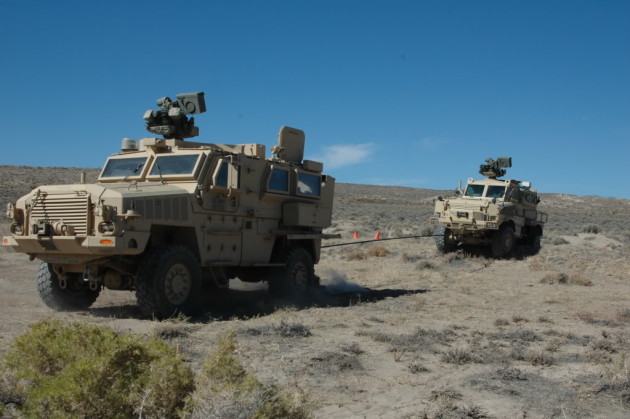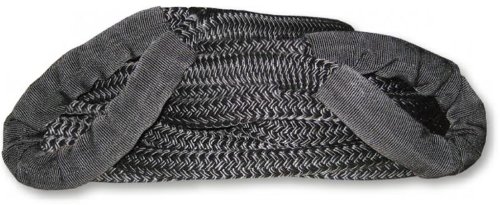NS.com Gear Guide – Kinetic Energy Recovery Straps
Winter is already here in many parts of North America. With it comes the joys of driving on icy snow covered roads, and of course, pulling your neighbor out of the ditch.
Lots of options for a recovery system on the market. But lets face it, you don’t want to spend an hour trying to get them out. So with a little bit of momentum and some skill you can pop a car out of a ditch with a kinetic energy recovery strap.
Tried and true these straps are easy and quick. They come in a variety of sizes for small ORV’s to Semi Trucks and Military vehicles.
“The kinetic energy recovery rope is one of the most effective recovery tools you can carry in your vehicle. Compared to static tow straps or chains, the benefits of using a kinetic recovery rope are night and day.
The key feature that makes the Super Yanker kinetic recovery rope so effective is it’s ability to stretch. When put under load, it will stretch up to 30%, which introduces many benefits during vehicle recovery.
First and foremost, this stretch greatly relieves the sudden shock and jerking commonly felt during vehicle recovery, effectively reducing the amount of stress put through a vehicle and its occupants.
Static tow straps and chains are not designed for shock loads, so the pulling vehicle must first gain tension on them before it can begin the vehicle recovery. This doesn’t allow the pulling vehicle to gain any momentum before having to bear the additional forces of the stuck vehicle.
With kinetic recovery ropes, some slack can be left in the line before the pulling vehicle starts the recovery, allowing it to gain much more momentum and therefore gaining a much higher pulling force. Since the kinetic recovery rope excels in absorbing shock, it will simply stretch under tension and then transfer all the energy gained from the pulling vehicle to the stuck vehicle.
The ability to leave slack in the kinetic rope is extremely advantageous when the pulling vehicle is in very loose terrain, such as deep sand, snow or mud because it allows the vehicle to get moving before it actually starts feeling the weight of the stuck vehicle. As mentioned before, a static line must be tensioned before the pulling vehicle can actually start recovery, so when it begins accelerating, it already is feeling the weight of the stuck vehicle. In many cases, the pulling vehicle will not make it anywhere and just bury itself instead of recovering the stuck vehicle.” Source Master Pull*




Leave a Reply
You must be logged in to post a comment.